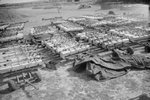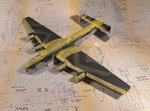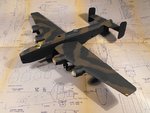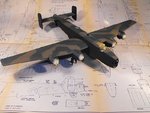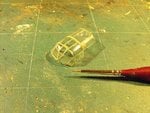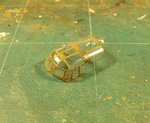- Thread starter
- #261
Airframes
Benevolens Magister
Thanks chaps. Not much more to show at the moment, as I've been working on making the moulds for the SBCs. Going to try to heat mould them, the same way as for canopies. If that doesn't work as well as I want it to, then I might resort to moulding from resin, or, as a last resort, make each one individually.
I'm hoping to get all the painting done over the weekend, and maybe start the decals. I'l be collecting the display base, which has been trimmed with wood by a friend, tomorrow, and should start the diorama ground work very soon.
Got 20 days in which to finish the whole lot - delivery is scheduled for September 7th !
I'm hoping to get all the painting done over the weekend, and maybe start the decals. I'l be collecting the display base, which has been trimmed with wood by a friend, tomorrow, and should start the diorama ground work very soon.
Got 20 days in which to finish the whole lot - delivery is scheduled for September 7th !

